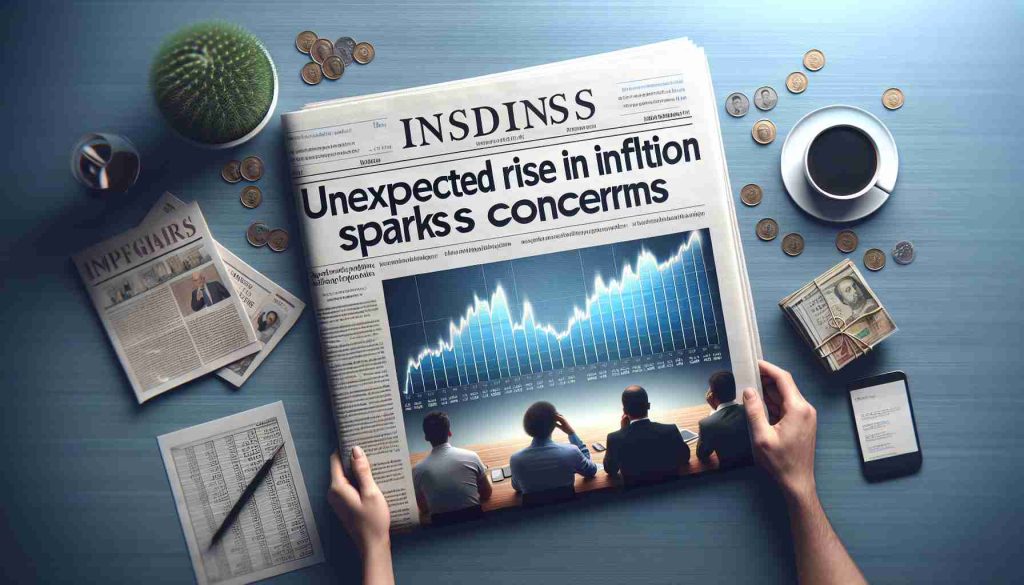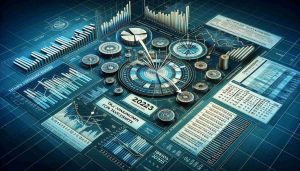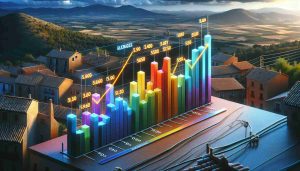The latest data released by the INE reveals a surprising increase in inflation rates, reaching 2.2% at the end of August. This unexpected uptick comes after a steady decline in previous months, causing concerns among analysts and policymakers.
Many had anticipated a continued decrease in inflation following consecutive drops of 0.6 points. However, the recent surge has defied predictions and raised questions about the stability of the economy moving forward.
The unexpected rise in inflation has sparked debates among experts regarding the underlying factors driving this sudden change. Some speculate that external influences and market dynamics may be at play, while others point to domestic policy decisions as potential contributors.
Regardless of the reasons behind this uptick, the implications are far-reaching. Businesses and consumers alike may experience increased costs, leading to potential changes in spending habits and investment decisions.
As stakeholders closely monitor the evolving inflation landscape, the need for proactive measures and strategic planning becomes imperative. Adapting to these unforeseen developments will be crucial in navigating the potential economic challenges that lie ahead.
Analysts and policymakers are delving deeper into the unexpected rise in inflation rates, as concerns mount over the implications for the economy. What are the key drivers behind this sudden surge, and what challenges does it pose for various stakeholders?
One of the pressing questions that arise is the impact of international events on domestic inflation. External factors such as global supply chain disruptions, geopolitical tensions, and fluctuating currency exchange rates could be contributing to the inflationary pressures witnessed in recent months.
On the other hand, some experts are focusing on domestic policies and decisions that might be fueling the inflation spike. Issues such as government spending, regulatory changes, and stimulus measures could be influencing the inflation trajectory, sparking debates on the effectiveness of such strategies.
Amidst these debates, the advantages and disadvantages of higher inflation come into the spotlight. While moderate inflation can signal a growing economy and increased consumer demand, it also carries risks such as reduced purchasing power, potential interest rate hikes, and volatility in financial markets.
For businesses, the unexpected rise in inflation presents challenges in managing costs, pricing strategies, and profit margins. Consumers, on the other hand, may face higher prices for goods and services, impacting their disposable income and overall standard of living.
The key challenge lies in striking a balance between addressing inflationary pressures and supporting economic growth. Finding the right policy mix to stabilize prices without stifling economic activity remains a critical task for policymakers grappling with the current scenario.
As stakeholders navigate these uncertainties, proactive measures such as targeted interventions, data-driven analysis, and effective communication will be essential in responding to the evolving inflation landscape. By addressing the root causes of inflation and implementing prudent strategies, economies can mitigate risks and foster sustainable growth in the long run.
For further insights on global economic trends and inflationary dynamics, readers may explore reputable sources such as the World Bank for comprehensive research and analysis.










More Stories
Changes in the Tax System for Independent Workers in 2025
Hotelbeds Group Plans IPO to Reduce Debt
New Lottery Draw Report: No Jackpot Winners!